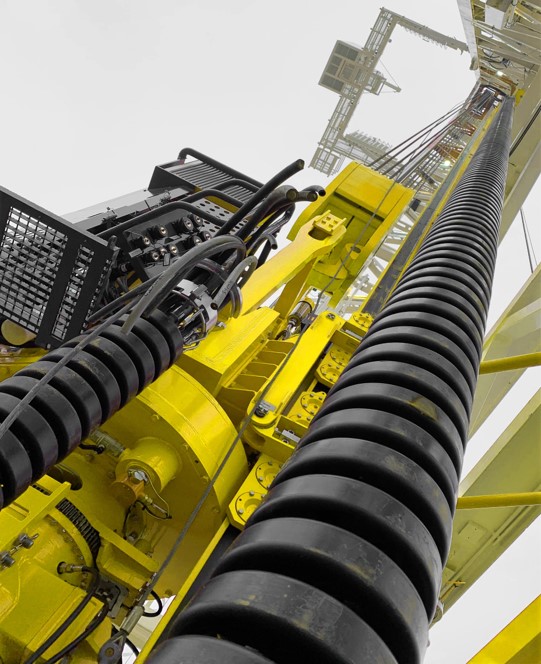CARB and Goals
The California Air Resource Board was one of the first to create directives that would attempt to curb the growth and ultimately reduce the amount of pollution from this industry. With an approach that consisted of creating some baseline targets that would be enhanced through the years, goals were established to limit emissions at berth which is now known as cold ironing. Cold ironing can be defined as prohibiting the running of generators while at berth to limit emissions from the generators. The ultimate target is to be zero-emission while in port and at sea, but sea going zero-emission technologies will take longer to put in place.
Development of the First Shore Power System
Technical Challenges
With “shore power” selected as one of the possible technologies that could provide a solution for zero-emission at berth, there were many technical challenges that needed solutions and standardization that needed to be created before global adoption could take place.
Trial and Error
The idea of plugging in a floating ship to power supplied from the grid on the shore side provided many challenges. Solutions were needed for grounding procedures, cable handling, voltage selection and power supply frequency differences across continents. All of these technical challenges were finally overcome, and the first vessels were being plugged into shore power. These systems used a set of international standards laid out by the IEC committee in the 80005 documents using common connectors and a shore side power outlet located in a vault that was recessed into the wharf.


